Related Research Articles

Woldemar Voigt was a German physicist.
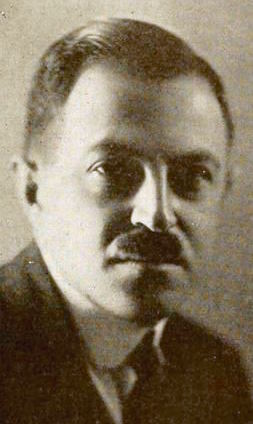
Max Fleischer was a Polish-American animator, inventor, film director and producer, and studio founder and owner. Born in Kraków, Poland, Fleischer immigrated to the United States where he became a pioneer in the development of the animated cartoon and served as the head of Fleischer Studios, which he co-founded with his younger brother Dave. He brought such comic characters as Koko the Clown, Betty Boop, Popeye, and Superman to the movie screen, and was responsible for several technological innovations, including the rotoscope, the "follow the bouncing ball" technique pioneered in the Ko-Ko Song Car-Tunes films, and the "stereoptical process". Film director Richard Fleischer was his son.
In Einstein's theory of general relativity, the Schwarzschild metric is an exact solution to the Einstein field equations that describes the gravitational field outside a spherical mass, on the assumption that the electric charge of the mass, angular momentum of the mass, and universal cosmological constant are all zero. The solution is a useful approximation for describing slowly rotating astronomical objects such as many stars and planets, including Earth and the Sun. It was found by Karl Schwarzschild in 1916.

Erwin Finlay-Freundlich was a German astronomer, a pupil of Felix Klein. Freundlich was a working associate of Albert Einstein and introduced experiments for which the general theory of relativity could be tested by astronomical observations based on the gravitational redshift.

Max Abraham was a German physicist known for his work on electromagnetism and his opposition to the theory of relativity.
Hugo Albert Emil Hermann Dingler was a German scientist and philosopher.

In general relativity, Birkhoff's theorem states that any spherically symmetric solution of the vacuum field equations must be static and asymptotically flat. This means that the exterior solution must be given by the Schwarzschild metric. The converse of the theorem is true and is called Israel's theorem. The converse is not true in Newtonian gravity.
General relativity is a theory of gravitation that was developed by Albert Einstein between 1907 and 1915, with contributions by many others after 1915. According to general relativity, the observed gravitational attraction between masses results from the warping of space and time by those masses.

The annus mirabilis papers are the four papers that Albert Einstein published in Annalen der Physik, a scientific journal, in 1905. These four papers were major contributions to the foundation of modern physics. They revolutionized science's understanding of the fundamental concepts of space, time, mass, and energy. Because Einstein published these remarkable papers in a single year, 1905 is called his annus mirabilis.
- The first paper explained the photoelectric effect, which established the energy of the light quanta , and was the only specific discovery mentioned in the citation awarding Einstein the 1921 Nobel Prize in Physics.
- The second paper explained Brownian motion, which established the Einstein relation and led reluctant physicists to accept the existence of atoms.
- The third paper introduced Einstein's theory of special relativity, which used the universal constant speed of light to derive the Lorentz transformations.
- The fourth, a consequence of the theory of special relativity, developed the principle of mass–energy equivalence, expressed in the famous equation and which led to the discovery and use of atomic energy decades later.
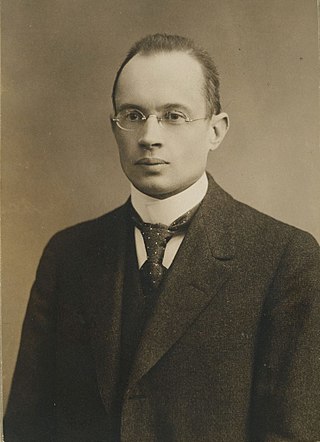
Gunnar Nordström was a Finnish theoretical physicist best remembered for his theory of gravitation, which was an early competitor of general relativity. Nordström is often designated by modern writers as The Einstein of Finland due to his novel work in similar fields with similar methods to Einstein.
Erich Justus Kretschmann was a German physicist.
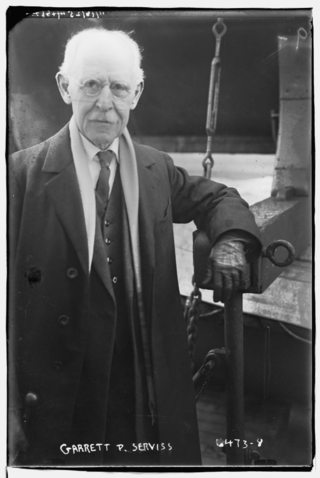
Garrett Putnam Serviss was an American astronomer, popularizer of astronomy, and early science fiction writer. Serviss was born in Sharon Springs, New York and majored in science at Cornell University. He took a law degree at Columbia University but never worked as an attorney. Instead, in 1876 he joined the staff of The New York Sun newspaper, working as a journalist until 1892 under editor Charles Dana.
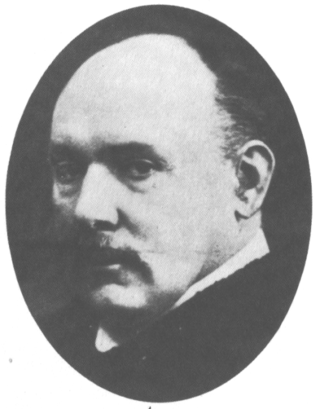
Alfred Heinrich Bucherer was a German physicist, who is known for his experiments on relativistic mass. He also was the first who used the phrase "theory of relativity" for Einstein's theory of special relativity.
The animated documentary is a moving image form that combines animation and documentary. This form should not be confused with documentaries about movie and TV animation history that feature excerpts.
Friedrich Kottler was an Austrian theoretical physicist. He was a Privatdozent before he got a professorship in 1923 at the University of Vienna.
Criticism of the theory of relativity of Albert Einstein was mainly expressed in the early years after its publication in the early twentieth century, on scientific, pseudoscientific, philosophical, or ideological bases. Though some of these criticisms had the support of reputable scientists, Einstein's theory of relativity is now accepted by the scientific community.
Franz Rudolf Paul Gruner was a Swiss physicist.
Die Grundlagen der Einsteinschen Relativitäts-Theorie is a 1922 German partly animated documentary film created with the goal of bringing Einstein's theory of relativity to the broad public. It premiered on 2 April 1922 at the Frankfurt Fair.
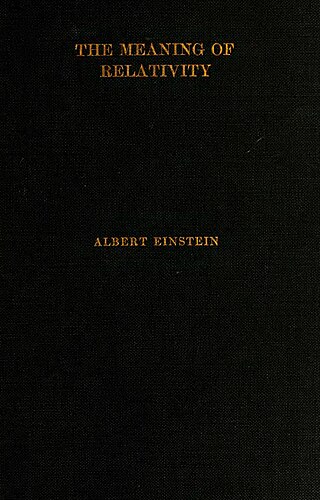
The Meaning of Relativity: Four Lectures Delivered at Princeton University, May 1921 is a book published by Princeton University Press in 1922 that compiled the 1921 Stafford Little Lectures at Princeton University, given by Albert Einstein. The lectures were translated into English by Edwin Plimpton Adams. The lectures and the subsequent book were Einstein's last attempt to provide a comprehensive overview of his theory of relativity and is his only book that provides an accessible overview of the physics and mathematics of general relativity. Einstein explained his goal in the preface of the book's German edition by stating he "wanted to summarize the principal thoughts and mathematical methods of relativity theory" and that his "principal aim was to let the fundamentals in the entire train of thought of the theory emerge clearly". Among other reviews, the lectures were the subject of the 2017 book The Formative Years of Relativity: The History and Meaning of Einstein's Princeton Lectures by Hanoch Gutfreund and Jürgen Renn.
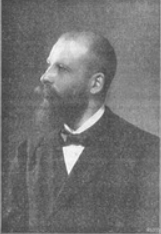
Arthur Patschke was a German aether theorist, engineer and opponent of the theory of relativity.
References
- ↑ "Relativity in the Films" (PDF). Scientific American. August 1922. Retrieved July 14, 2008.
- ↑ Die Grundlagen der Einsteinschen Relativitäts-Theorie at IMDb
- ↑ "Re: First animated feature ever". Archived from the original on December 31, 2006. Retrieved April 7, 2009.